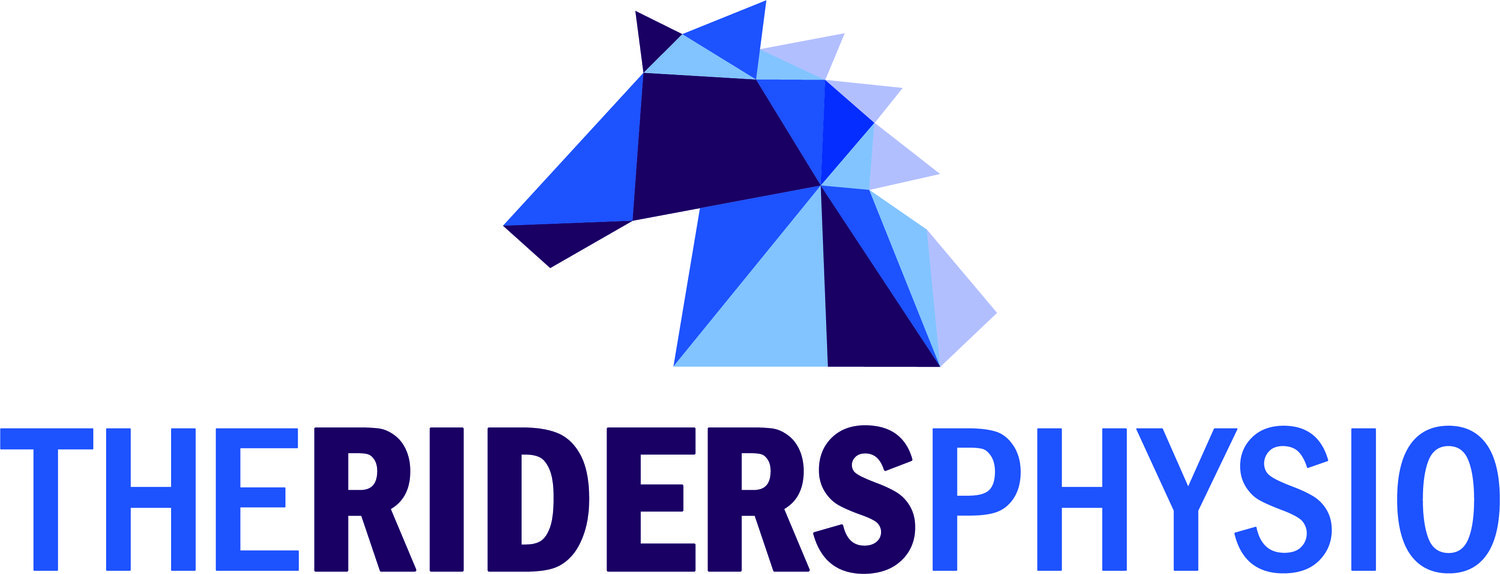How alarming is the following statistic:
“.. 45.2% of sports-related traumatic brain injuries (TBI) from 2003 to 2012 in adults were from equestrian sports — the highest single contributing sport to this injury type of the five sports categories evaluated,” p.17, Gates and Yin, 2020.
Today I am going to highlight some of the stats I found interesting (and alarming) from hot off the press research by Gates and Yin (2020) - a retrospective review of the U.S. National Trauma Data Bank from 2003 - 2012.. I will also add my 2 cents worth to the top hat debate..
Concussion:
Just like sprained ankles are often down played, mismanaged and misdiagnosed, so are concussions - but with potentially lethal implications and long term consequences.
Concussion is a Traumatic Brain Injury (TBI) caused by a knock or force to the head or anywhere on the body ie you don’t need to hit your head when you fall off to be concussed. Transient neurological symptoms following concussion can take hours or days to evolve. Given the prevalence of TBI in equestrian sports, it is crucial that riders, coaches, officials, parents have knowledge of concussion/TBI and are able to act accordingly.
“ Onlookers should suspect concussion when an injury results in a knock to the head or body that transmits a force to the head. A hard knock is not required, concussion can occur from minor knocks.” p.5 Concussion in Sport Australia: Position Statement.
The link to the Concussion in Sport Australia Position Statement 2019 is at the bottom of this blog and worth a read. Pleasingly, Equestrian Australia have aligned with this. “If in doubt, sit them out.”
If there is any possibility of a TBI having occured (most falls/altercations with horses really..) the rider “should be removed from practice or competition and have medical evaluation before they are given clearance to return to their sport”.
More alarming stats from Gates and Yin (2020) and injury prevention measures:
“Multiple studies cite that approximately one quarter of equestrians seen in an emergency room after a fall have an associated head injury,” p. 19.
Why you SHOULD wear a helmet:
“Helmets are believed to reduce head injury severity but have not been shown to reduce incidence of TBI, specifically concussions. Equestrians not wearing a helmet are more likely to sustain intracranial hemorrhage in an accident. Lack of helmet use also has been correlated with an increased injury severity overall, higher Injury Severity Scores and increased odds of loss of consciousness,” p.19.
Studies imply that modern day safety approved helmets reduce skull fracture likelihood and aim to reduce impact severity (Gates and Yin, 2020).
Spinal injuries and vests:
“Spinal injuries are reported to be present in 2.4% to 14% of all equestrian injuries and most commonly involve the lumbar or thoracic spine. Of 50 cases of riding-related spinal fractures, 51% were lumbar, 32% were thoracic, and 17% were in the cervical spine,” p. 19.
Safety vests: …”to date have not been shown to significantly decrease the risk or severity of spinal injuries. The neck is not protected by safety vests, leaving the cervical spine at risk for injuries,” p. 20.
Policy:
As mentioned above, EA have adopted the Concussion in Sport Australia Guidelines and are endeavouring to promote education, procedures and policy in the area of concussion and acute injury management and prevention. See the link below re this.
“FEI competitions are required to have personnel trained in emergency medical care over the duration of the competition, and a medical coverage plan that details procedures, ambulance coverage, and local hospitals with emergency trauma services. The FEI also requires that there is a dedicated medical provider, a quiet area onsite for evaluation of athletes with the Sport Concussion Assessment Tool, and a plan for acute stabilization of athletes with neurological injuries,” Gates and Yin, 2020, p. 20.
Future injury prevention measures as suggested by Gates and Yin (2020):
“More can be done to increase certified helmet use by equestrians and to improve helmet design to reduce the risk of TBI,” p. 22.
“Current equestrian helmets reduce the risk of skull fractures without providing adequate protection against concussions. Future equestrian helmets could consider advanced technologies, such as those seen in recent football helmets, which aim to reduce rotational acceleration forces to the brain,” p.21
“Given that equestrians who sustain multiple falls are at a higher risk for neurological deficits, equestrian education on concussions is warranted. Currently, 40% of equestrians report never receiving education on concussions, with 15% garnering information from their trainers. Educating both the equestrians themselves as well as their trainers/ coaches could help prevent injuries and ensure an informed return to sport after a concussive injury,” p.21.
..”Rotational falls: It has been suggested that solid jumps themselves are the primary risk factor for cross-country eventing injuries to both horses and equestrian, and future technologies should aim to mitigate the risk factors associated with solid obstacles and take into consideration the visual judgment capabilities of the horse,” p. 21.
“Equestrian training programs that focus on basic skills such as improving appropriate use of rein pressure, leg stability, the rider's center of balance, and general horse safety have been correlated with improved equestrian safety and could help mitigate injury risk,” p.22.
My 2 cents worth..
Freak accidents happen no matter how well we know our horses. Wearing a helmet offers some protection which is is better than no protection. Considering the above alarming stats, I think its a no brainer!
I do hope the above common sense injury prevention measures for the future as suggested by Gates and Yin (2020) are followed through and that this blog has been helpful for the cause.
Please feel free to share and comment. Healthy discussion is always encouraged. Happy and safe riding, Zoe.
Gates, J. K., & Yin, C. Y. (2020). Head and spinal injuries in equestrian sports: Update on epidemiology, clinical outcomes and injury prevention. Head, Neck, and Spine 19(1): 17-23.
https://www.concussioninsport.gov.au/__data/assets/pdf_file/0005/683501/February_2019_-_Concussion_Position_Statement_AC.pdf
https://www.equestrian.org.au/news/%E2%80%9Cif-doubt-%E2%80%93-sit-them-out%E2%80%9D-ea-concussion-protocols-implementation-all-disciplines-1-july-2019

